The history of the development of the Southern region recorded that in 1971, the Ministry of Water Resources established a specialized organization to monitor irrigation work in the South, preparing for irrigation reconstruction after the country's reunification.
In the period of 1976 - 1977, the Ministry of Irrigation established large construction boards in the Dong Thap Muoi, Long Xuyen Quadrangle, and My Thanh areas, initiating the planning, construction, and management of irrigation in the Mekong Delta.

The irrigation system in the Mekong Delta has been invested in relatively synchronously to serve effective agricultural production. Photo: Kim Anh.
Over many stages, the system of canals, dykes, and water regulation sluices has been invested in and built throughout the Mekong Delta provinces, from intra-field to inter-regional and inter-provincial projects, creating a synchronous water regulation network serving agricultural development and people's lives.
Thanks to irrigation, the area of rice, fruit trees and aquaculture in the Mekong Delta has increased sharply, creating a major shift in the agricultural economic structure of the region. The system of canals to drain floods, collect alluvium, push out alum, and store fresh water; the dykes and sluices to control salinity and freshwater help stabilize production all year round and minimize damage caused by natural disasters. Areas that used to suffer from deep floods or severe drought and salinity such as Dong Thap Muoi, Tu Giac Long Xuyen, Bac Ben Tre , Go Cong, Nam Mang Thit... now have proactive water sources, serving sustainable livelihoods.
Since then, the Mekong Delta's agriculture has grown into the largest commodity production region in the country, ensuring national food security and contributing more than 95% of Vietnam's rice exports, 70% of fruit output and 65% of seafood output.

The 2 rice - 1 fish model in Dong Thap province is proving effective thanks to proactively controlled water resources. Photo: Kim Anh.
Mr. Nguyen Quang Dung - Deputy Director of Irrigation Investment and Construction Management Board 10 (Board 10), the unit currently assigned by the Ministry of Agriculture and Environment to directly invest in irrigation projects in the Mekong Delta region, shared that after many stages of arrangement and consolidation, in 2006, Board 10 was officially established, inheriting all the capacity and experience of its predecessor units.
Since then, Board 10 has implemented many key projects in the Mekong Delta region with the overall goal of completing the irrigation system, controlling water resources, preventing drought and salinity, landslides and protecting people's livelihoods.
Projects such as the flood drainage canal system to the West Sea; the Dong Thap Muoi axis canal; the water control system of North Ben Tre, South Mang Thit, O Mon - Xa No, Quan Lo - Phung Hiep, Cai Lon - Cai Be... have made an important contribution to expanding production areas, increasing productivity and value of agricultural products, and minimizing damage caused by natural disasters, especially saltwater intrusion.
In particular, with the mindset that "irrigation must be one step ahead to respond to climate change", the Ministry of Agriculture and Environment has focused on investing in projects to control water resources and prevent riverbank and coastal erosion, helping localities in the Mekong Delta proactively source water for production and protect residents in riverside and coastal areas.
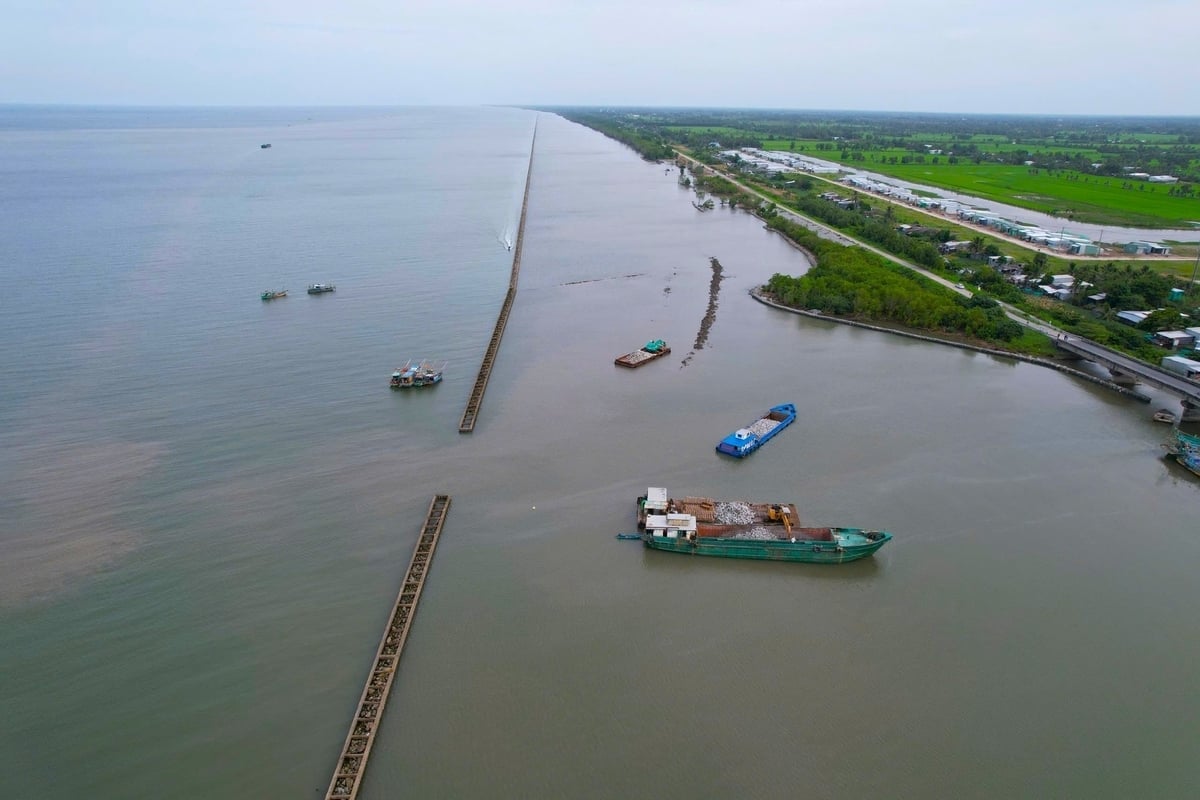
The West Sea Dike System (Ca Mau Province) has been invested in to help people cope with natural disasters. Photo: Kim Anh.
“For the agricultural and environmental sectors, irrigation is a solid foundation for agriculture to adapt, the environment to be protected and people to feel secure in their attachment to the land. Each project completed early means a safer countryside and a guaranteed crop,” Mr. Nguyen Quang Dung emphasized.
A series of typical projects demonstrate that spirit, such as the Nguyen Tan Thanh sluice gate (part of the project to control the water source of Nguyen Tan Thanh canal and the right bank of the Vam Co Tay river) completed ahead of schedule, helping Dong Thap province not have to build temporary dams for two consecutive seasons, saving tens of billions of VND. At the same time, it helps the locality to control the water source well, ensuring the safety of more than 15,000 hectares of fruit trees and 1.1 million people in the project area.
Rach Mop sluice gate (part of the project to control water resources on the southern bank of the Hau River) was completed ahead of schedule, helping Can Tho City proactively control salinity, high tides, maintain fresh water, protect more than 19,000 hectares of production areas and minimize damage caused by drought and salinity for nearly 37,000 hectares of agricultural land.
The Cai Lon - Cai Be irrigation system phase 1 is a symbolic project of management capacity and the spirit of overcoming difficulties during the Covid-19 pandemic, shortening the construction progress from 36 - 48 months to just over 20 months. This project helps Kien Giang province (now An Giang) control salinity and freshwater on over 20,000 hectares of production land, saving tens of billions of VND in temporary dam construction costs.

Science and technology are strongly applied in the management and operation of irrigation works. Photo: Kim Anh.
In addition, the Ninh Quoi, Vung Liem, Tan Dinh, Bong Bot, Nam Mang Thit sluice gates... are also outstanding projects that have been completed ahead of schedule, effectively promoting the drought and salinity seasons of 2019 - 2020, 2022 - 2023 and 2024 - 2025, helping tens of thousands of hectares of rice, crops and aquaculture areas safely overcome the fierce period of salinity intrusion.
The above irrigation works are not only a testament to the capacity and dedication of the irrigation team, but also a "shield" to help the agricultural and environmental sectors of the Mekong Delta confidently adapt to climate change, moving towards green agriculture, low emissions and sustainable development.
Source: https://nongnghiepmoitruong.vn/moi-cong-trinh-thuy-loi-hoan-thanh-som-them-mot-mua-vu-an-toan-d782332.html






![[Photo] Da Nang: Hundreds of people join hands to clean up a vital tourist route after storm No. 13](https://vphoto.vietnam.vn/thumb/1200x675/vietnam/resource/IMAGE/2025/11/07/1762491638903_image-3-1353-jpg.webp)








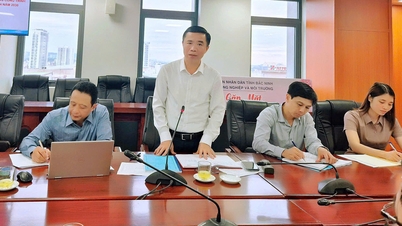

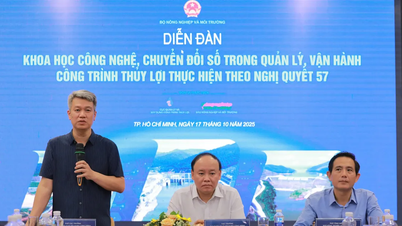

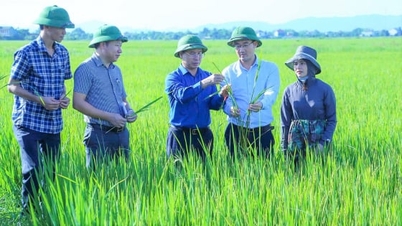


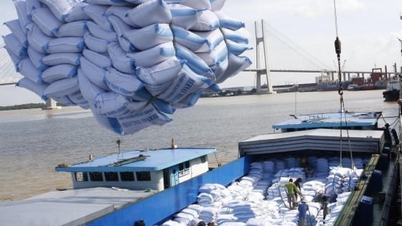

















































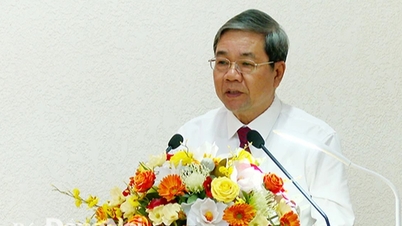




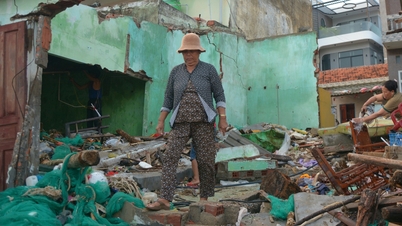





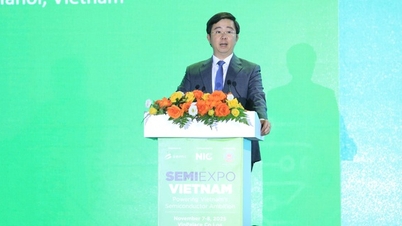

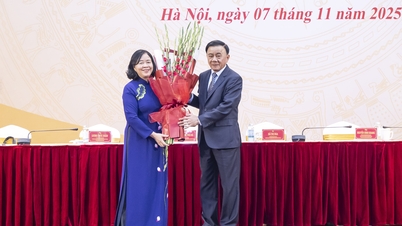




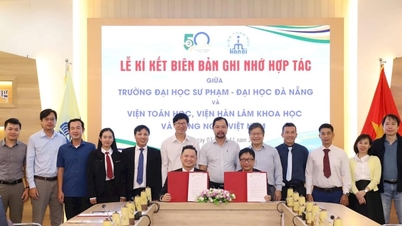

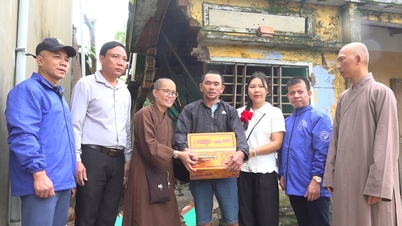
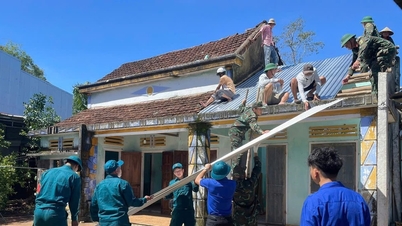

















Comment (0)